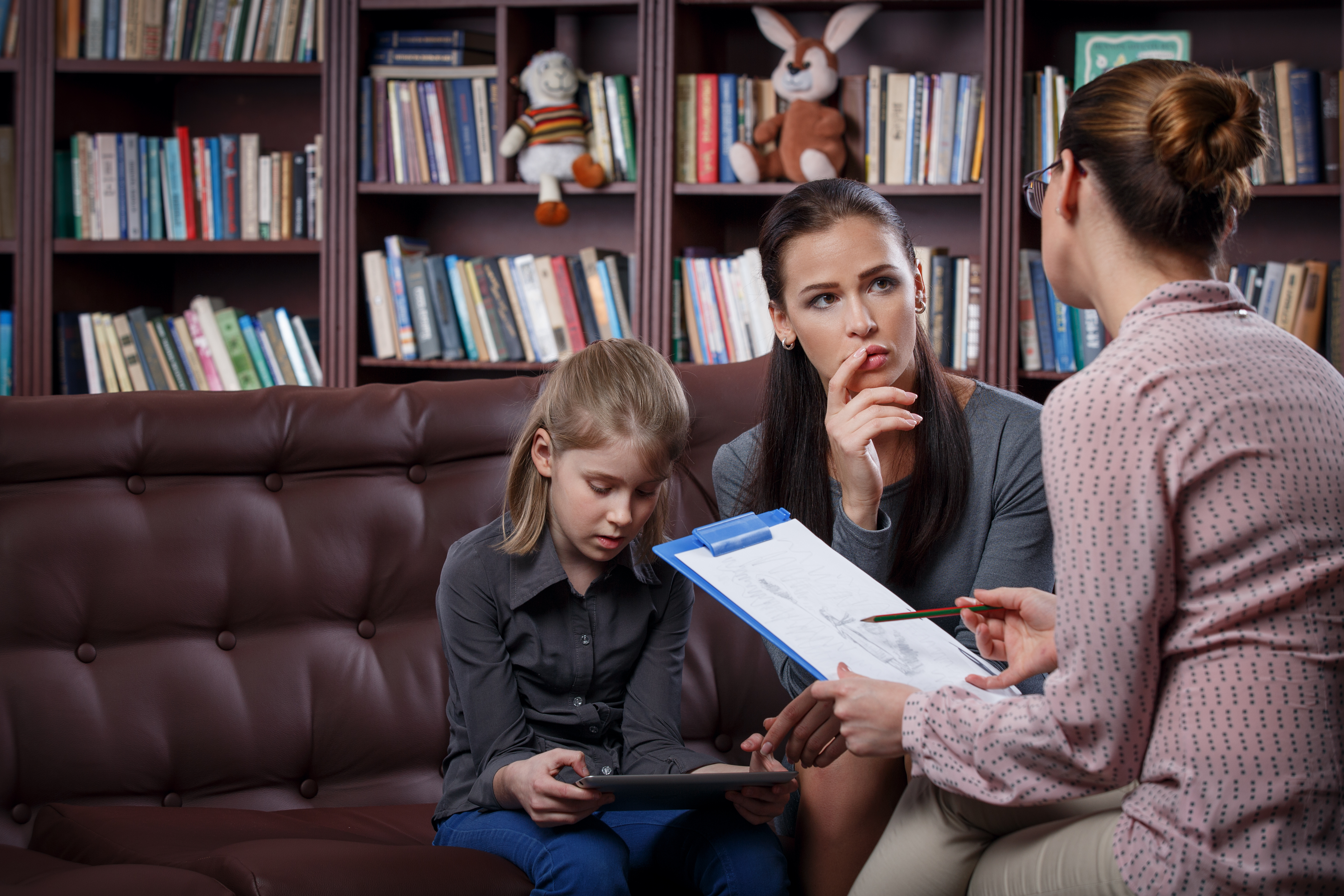Depressive symptom scores higher in children with autism at age 10
Children with autism and autistic traits had higher depressive symptom scores than children without at age 10 years, and the scores remained elevated until age 18 years, longitudinal study findings revealed.
Moreover, social communication impairment was tied to depression at age 18 years and was mediated by bullying, according to data published in JAMA Psychiatry.
“Depression is disabling and is common in children with [autism spectrum disorder], but few longitudinal population-based studies have followed the natural history of depression in ASD or its component traits,” Dheeraj Rai, MRCPsych, PhD, from the Centre for Academic Mental Health, Population Health Sciences at the University of Bristol Medical School in the U.K., and colleagues wrote. “It is possible that there are modifiable factors that could be targeted by interventions to reduce the risk of depression in individuals with autism.”
The investigators compared the trajectories of depressive symptoms from ages 10 to 18 years among children with and without autism or autistic traits to determine the relationship between autism/autistic traits and depression diagnosis by early adulthood in this longitudinal birth cohort study with follow-up through age 18 years. Autistic traits included social communication, coherence, repetitive behavior and sociability. They also examined whether genetic confounding and certain modifiable risk factors, such as bullying, impacted this association.

Depressive symptoms were ascertained using the Short Mood and Feelings Questionnaire at six time points between age 10 and 18 years, and depression diagnosis at age 18 years was ascertained using the Clinical Interview Schedule–Revised. Researchers evaluated relational and overt bullying as separate ‘yes’ or ‘no’ items at ages 8, 10 and 13 years with the modified Bullying and Friendship Interview Schedule.
Overall, 6,091 samples were included in the trajectory analysis and 3,168 were included in the depression diagnosis analysis. On average, children with ASD and autistic traits had higher depressive symptom scores than children without at age 10 years (5.55 vs. 3.73 for social communication impairment and 7.31 vs. 3.94 for autism). These scores remained higher following an upward trajectory until age 18 years (7.65 vs. 6.5 for social communication and 7.66 vs. 6.62 for autism).
Youth with ASD/autistic traits who reported being bullied had the highest depression symptom scores at age 10 years and throughout their adolescence. In addition, children with social communication difficulties were more likely to have a depression diagnosis at age 18 years (adjusted RR = 1.68; 95% CI, 1.05-2.7), with bullying accounting for much of this risk. These results were confirmed with analysis in larger samples using multiple imputation, according to the authors.
“These findings add to the evidence highlighting a higher burden of depression, and also suggest a potentially modifiable pathway, through bullying,” Rai and colleagues wrote. “However, gaps remain in our understanding of the measurement and phenomenology of depression in individuals with autism, which could be a priority for future research. Further work could also focus on improvements in psychological and pharmacological management of depression in ASD.” – by Savannah Demko
Disclosure: The authors report no relevant financial disclosures.
